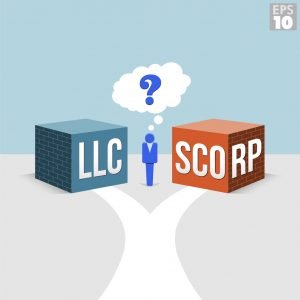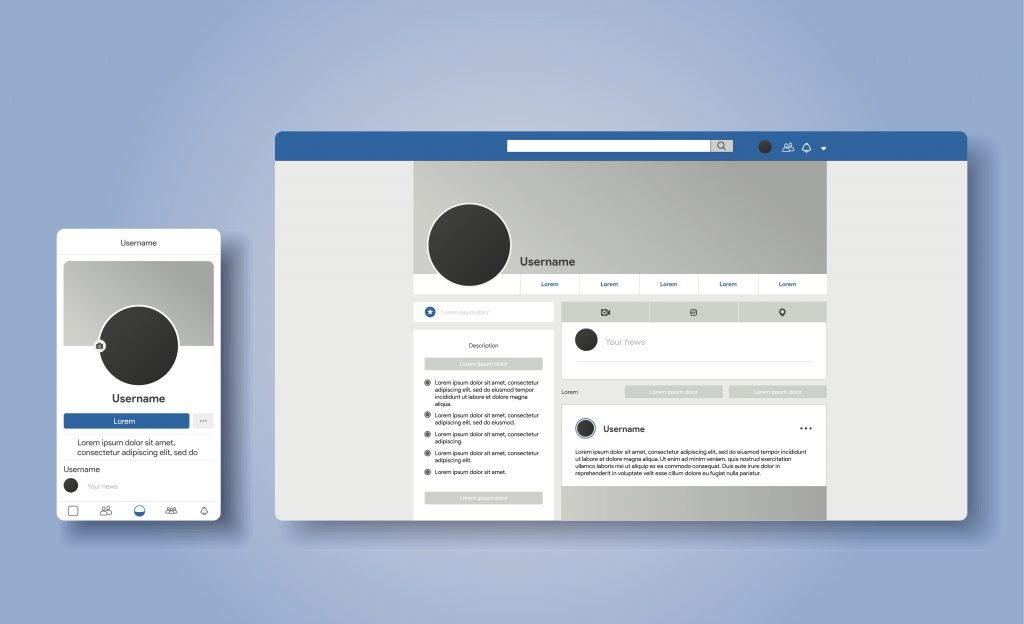Key Takeaways
- Setting up a foundation for success is critical to building a lucrative consulting business
- Spending the time up front to put the proper paperwork in order will pay off as your client roster gets filled
- Getting started is easier and faster than you may think
Before you officially start freelancing, here are 12 essential tasks to complete. The good news is that you’ll get most of these done quickly.
Establish the legal entity
You can do this through a lawyer, but it’s easier and often less expensive to use an online service like Incorporate.com. As always, compare the rates. Most freelancers question how they should set up their business. The following is a good explanation of the different types of business entities from ProsInComms partner Lisa Wright, EA, MST, and owner of Bookswright Advisors, LLC, an accounting and tax practice.

There are several different types of business entities. The most common ones are: Sole Proprietor, LLC, Partnership, S-Corp, and C-Corp. A sole proprietor is the most basic type of business. You get a contract job for the service you provide; you get paid when you finish, and you’re in business. For tax purposes, you file a Schedule C in your Form 1040. You don’t have to request a business tax I.D. # from the IRS, also called an Employer Identification Number (EIN #). You just file under your Social Security Number, report your income and expenses, and pay self-employment taxes through your Form 1040.
For more than 25 years, Limited Liability Companies (LLCs) have been a very popular entity. However, they are regulated by each state and the IRS refers to them as disregarded entities, meaning LLCs file tax returns as sole proprietorships, partnerships, or S-corps. LLCs have members, not partners or shareholders.
An LLC that is set up with only one member requires an IRS EIN, files the business activity on a Schedule C in their Form 1040, and pays self-employment taxes, which are calculated through the Form 1040. Also, quarterly estimated tax payments are usually required.
An LLC that is set up with more than one member is an automatic partnership. There are two types of corporations: S-corp – small business corporation and C-corp – a regular corporation. Businesses who expect to grow to >$500,000 in revenue per year and have employees would most likely incorporate as S or C corps.
Get a Federal Employer Identification Number (EIN)
We touched upon the EIN in the question above. To clarify, this nine-digit number is assigned by the IRS to businesses for tax filing and reporting. Many freelancers prefer to use an EIN to separate their business and personal finances. Getting an EIN takes only a few minutes by going to this page on the IRS website.
Download a W9 form
On your first day of work at a full-time job, you typically fill out a W2 form to have taxes taken out of your paycheck. As a communications freelancer you fill out W9 forms, which designates your status as an independent contractor and taxes are not taken out of your check. To make life easier for you and your client, it’s recommended that you submit a W9 form with your first invoice. This ensures that the client’s accounting department has all the proper information to expedite payment and send you an accurate year-end 1099 form for tax filing. You can get a W9 form from the IRS website here.
Set up a business checking account
You must separate your business and personal funds. In addition to making it easier to track expenses and file taxes, banks won’t allow you to co-mingle business and personal accounts.
Plan for quarterly taxes
Since clients won’t be taking taxes out of your paychecks, you’ll have to pay state and federal taxes on a quarterly basis based on an estimate of your annual earnings. It’s recommended that you set aside 24-33% of every freelance check you receive in a separate tax savings account so that you don’t owe when it is tax time. For more information about estimated tax payments to the IRS, go here.

Get health insurance
Some freelancers opt to purchase COBRA from their previous employer, but keep in mind that it typically runs out after 18 months. You may also be able to purchase health coverage from state and/or federal government subsidized plans made available through the Affordable Care Act. Before you make a decision, comparison shop, and consider the impact on your finances if you join a health plan offered by your spouse or partner’s employer.
Set up a website
While it’s not mandatory, it’s highly recommended. A website gives your business more credibility and is a way for potential clients to get to know you and your work before they start a conversation. Also, clients like to tell their bosses they’re working with an established freelancer. Having your own website helps to reinforce your value, especially in the contract negotiation phase. Anecdotally, freelancers with websites tend to command higher retainers.
Your website doesn’t have to be loaded with bells and whistles, but it should be professionally done. You can expect to spend around $1K-$3K for a decent website. Some freelancers pay more; some pay less. Also, while there are lots of places to register your website’s domain name, NameCheap often offers great deals.
Use a professional email address

Avoid using a personal email address. Along with further establishing your credibility and separating work from play, a professional email address helps ensure your messages don’t get caught in spam filters.
Get a contract template
Many clients will send you a contract at the start of the assignment, but it’s always good to have your own as well. You can easily download them online at places like Nolo and Upcounsel.com or ProsInComms subscribers can find one specific to communications pros.
Find experts to outsource the activities you can’t or won’t do yourself
Here’s where you need to be very honest with yourself about your work habits and your skills. As you enter the ranks of the self-employed, there are new activities you’ll have to take on such as invoicing and basic accounting. There are also activities such as website design that might stretch your skills. The key is knowing what you can accomplish well, on your own, without impacting your business profitability.
Create a portfolio
While it’s obvious that you’ll feature your best work, remember to include metrics, clips and examples of results.
Update your LinkedIn profile
Once you’ve formally set up your business, don’t forget to maximize your LinkedIn profile. Fill in all the possible categories and be active in groups. Describe what you’re doing now, your areas of focus, how to reach you, etc. Since you want to have your house in order before you start taking on clients, updating your LinkedIn page should be one of the last actions you take.

Setting up your freelance communications business doesn’t have to be hard or time consuming, as long as you take the time to cover the basics outlined above. Once you’ve set it up, you might want to find out about what to expect the first year of freelancing.



